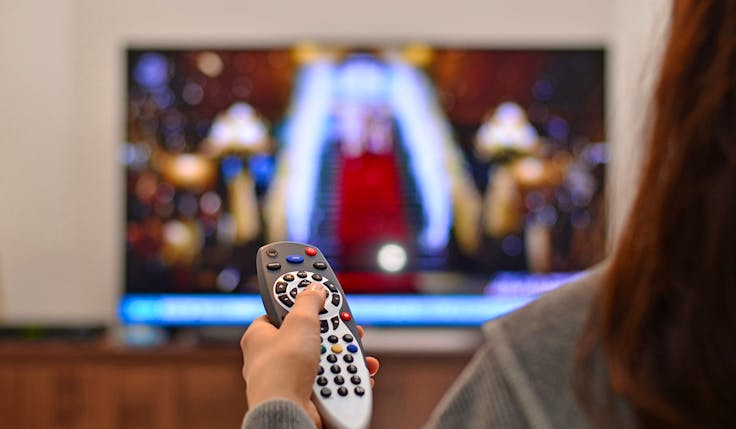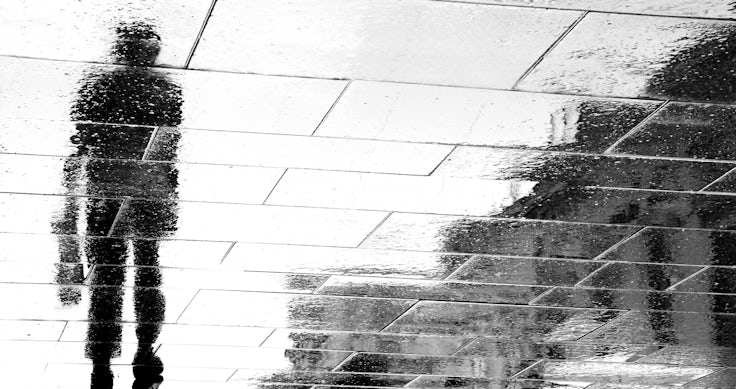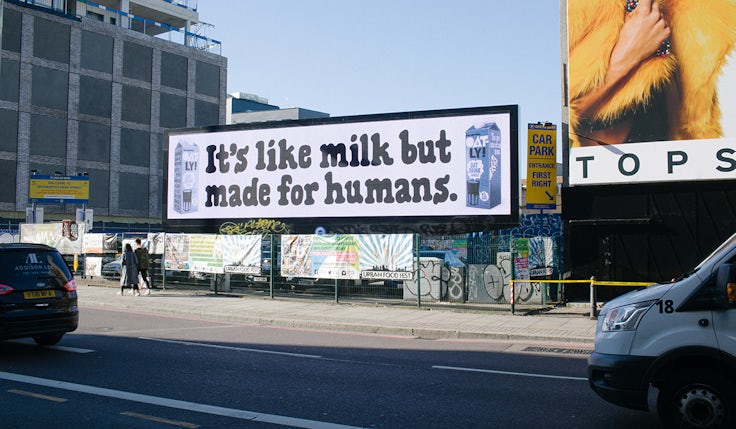Branding, music and avoiding the perils of purpose – creative effectiveness unpacked
The craft and conditions to drive greater creative effectiveness were explored by experts at an event hosted by TV marketing body Thinkbox.

“It’s clear that creativity is, by some way, the biggest lever at a marketer’s disposal.” This according to Paul Dyson, co-founder of effectiveness consultancy Accelero Consulting.
It’s often been claimed that creativity has a strong impact on the success of advertising campaigns. With new research, Dyson has set out to put some numbers behind it.
Speaking at ‘Cracking Creativity’, an event hosted by TV marketing body Thinkbox this week, he talked over the findings of his assessment of the impact of 28,000 advertising campaigns, including 7,000 from the UK.
The research focused on the commercial impact of each campaign, relative to the brand’s size. The results show a strong relationship between the level of ‘creativity’ shown in the campaign and the return on investment (ROI) generated. While there is a clear link between the size of the brand and ROI, even once this difference had been accounted for, there is still a clear link between creativity and effectiveness.
Dyson highlighted Aldi’s ‘Kevin the Carrot’ campaign and Guinness’s ‘Made of More’ ads as examples of creative campaigns that had a significant ROI compared to others.
Keep it short, musical and branded
Elsewhere at the event, clear guidelines were offered that help build mental availability. Speaking in a separate session, Rosie Pritchard, senior research executive at Neuro-Insight, a neuro-analytics company that uses brain-imaging technology to measure how the brain responds to communications, shared the findings of new work into how consumers respond to ads.
The research looked at consumers reactions to 150 UK ads using steady-state topography, which looks at electrical activity in the brain, to explain how consumers’ brains respond best to ads with emotional impact and appeal.
Neuro-Insight’s research finds adverts that are around 30-seconds long have the greatest impact, with shorter ads not having a lasting impact and longer clips dampening emotional response. Pritchard explained that consumers emotional response was better triggered by the pace and excitement created by the shorter, 30-second ads.
The way music is used is also important, she added. “Music can be thrown onto an ad at the end without much thought,” Pritchard explained. She said music works best when its sentiment is tied to the narrative of the ad itself – for example, with lyrics that reflect the action taking place.
The research also shows the ending of ads is important for having a lasting impact. Pritchard recommended brands close TV ads with at least three seconds of on-screen branding. She said this gives consumers a sense of ending and, especially if tied in with a sense of closure in the narrative of the ad itself, can help them retain a memory of the brand.
People over purpose
Meanwhile, the most effective ways to promote creativity within teams, and the barriers to this – was also discussed. Laurence Green, an independent creative advisor, who will join the IPA as its new director of effectiveness in July, presented the findings of a whitepaper on how creativity can best be harnessed in advertising. Green spoke to 34 representatives from the advertising sector, including agencies and clients and found a number of common themes.
One stifling factor was the impact of industry awards, which he claimed has led to marketers prioritising brand purpose above the impact on sales. As an example, he cited last year’s 32 Cannes Lions winners – of which 28 had purpose at their core.
“It’s not binary,” Green explained. “But purpose-based work tends to win over perfectly good campaigns that deliver results.” One CMO told the researchers that industry awards are currently “more out of kilter than ever before”.
Hybrid working models were also flagged as a potential barrier to creativity. One agency CEO told the researchers: “I feel that we lose the sparks and serendipity – which is that final 2%.”
Green said teams need to be mindful of the challenges of remote working. He explained: “Often the great work we see comes from truly robust, high trust conversations – they’re just better done in the room.”






